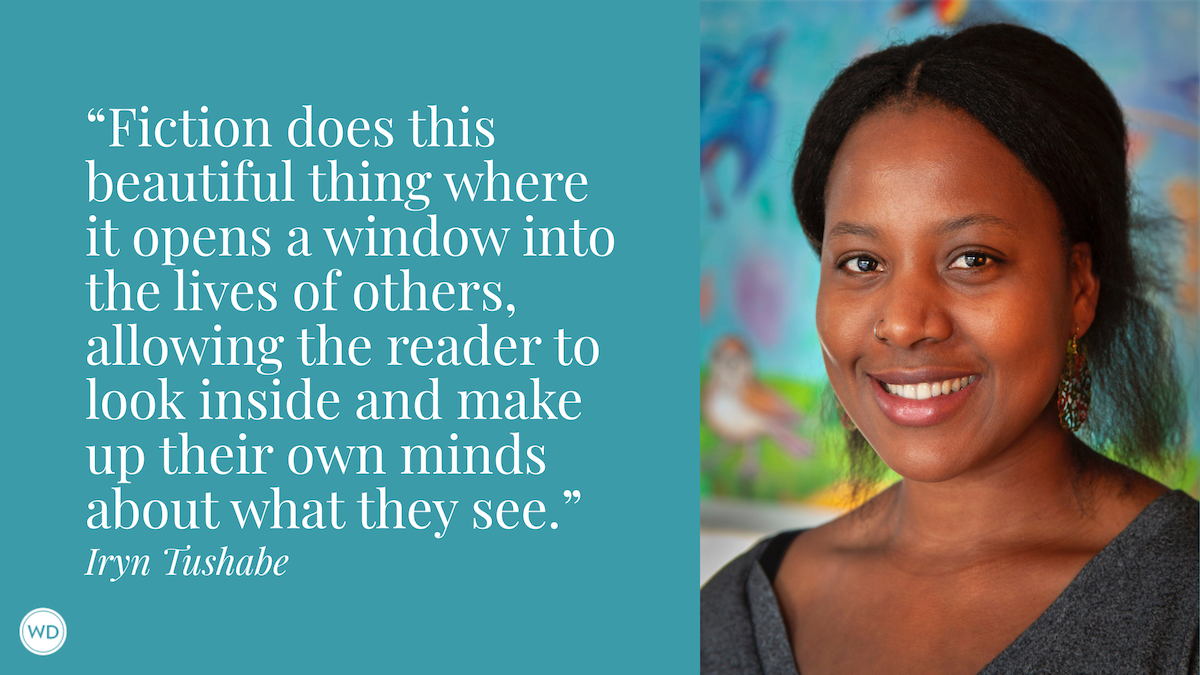When Characters Become People
As a former motion picture executive and current instructor of fiction writing, I’ve heard too often the incorrect definition of a sympathetic character. It is not necessarily someone we like. It is not necessarily someone we admire as a doer of good deeds. We follow characters with interest and compassion when we have a deep understanding of their feelings, their motives and their personal history. Simply put, to be sympathetic is to be understood.
As a former motion picture executive and current instructor of fiction writing, I’ve heard too often the incorrect definition of a sympathetic character. It is not necessarily someone we like. It is not necessarily someone we admire as a doer of good deeds. We follow characters with interest and compassion when we have a deep understanding of their feelings, their motives and their personal history. Simply put, to be sympathetic is to be understood.
This guest post is by Lisa Lieberman Doctor, author of the writing book, Accidental Poetry: Improve Your English Through Creative Writing and the novel The Deflowering of Rhona Lipshitz. She has been working with writers since 1977. Over the years she has served as: a development and production executive at Universal Pictures, Warner Brothers, TriStar Pictures (where she was Vice President of Robin Williams’ company, Blue Wolf Productions) and several independent production companies; a staff writer on ABC’s General Hospital, where she was nominated for a Daytime Emmy and Writers Guild Award; an expert witness in motion picture copyright law; and a writing instructor at the UCLA Writers Program; the California State University; The Esalen Institute; The University of the Balearic Islands; and the TV Writers Fund For The Future. For more info, visit lisadoctor.com.
Create people, not characters. This was Hemingway’s advice to authors, and I humbly concur. It’s long been my belief that when writers connect to their characters through their own dark emotional colors of shame, fear and anger, they’ll find not only a rich common ground, but also that which motivates their characters’ behavior and therefore makes them understandable to readers. Over the years, I’ve compiled several hundred writing exercises for the protagonist to answer in his own voice, each one designed to reveal these forbidden emotional colors. Questions like, when have you been held hostage by your own fears? Or, when has fear stopped you from moving forward? Or, what old wounds have not yet healed? I ask writers to get out of their protagonist’s way and function as a court reporter might do, transcribing onto the page the words of the character in that character’s first person voice, without judgment or censorship from the writer. Once this task is completed—and it often takes a series of prompts to achieve the goal—the writer has a clearer picture of the protagonist’s internal issue, the inevitable result of a faulty belief system created in childhood that has prevented the character from lessening the heavy burden of shame, fear and anger. Of course, most of the anecdotes and feelings expressed in the protagonist’s words belong to the writer. This is a good thing; it means the writer has found the profundity of shared emotional truth and can now imbue the protagonist with the same level of emotion.
I’ve used this practice thousands of times during my nearly forty year career of working with writers, and the results are equally satisfying to them and to me. Recently, a successful writer of romance novels took my course, “Deepening The Characters We Create,” in order to move from the plot-driven romance genre to literary women’s fiction. After a focused curriculum of exercises whereby her protagonist and important secondary characters underwent a series of probing questions, she sold her literary novel in the genre she’d been hoping to conquer.
I’ve also found that the exercises work well to alleviate writers block. More often than not, when novelists get stuck, it’s because they don’t fully understand the emotional issue of their protagonist. At this point, I offer specific exercises designed to shake the character—this emerging person—into a new level of self-awareness. I might ask, for example, what do you not want people to know about you? The exercise focuses both author and character on the previously unspoken emotional issue that serves as the engine, driving the central story problem forward.
The prompts have been a mainstay in my role as instructor for novelists and screenwriters. And then, serendipitously, I discovered a new use for the exercises.
Several years ago, I accepted a position teaching English at a university in Spain, and was hit with a revelatory thought: what if I took my compiled writing exercises, designed to deepen protagonists along their journey, and applied them to new speakers of English, allowing these new speakers the opportunity to write with depth and meaning in a language that was new to them?
I asked my students in Spain to answer the questions in their own voice, writing from their heart. Questions such as, do you yearn for what seems impossible? And, when has compassion for others changed your life? To my delight, what might have been embarrassing or too revealing in their native language became fun for them in English. It was remarkable; writing in a language they were in the process of learning took away the fear of exposure. They wanted more and more prompts to try, and they relished sharing their words with the group, thrilled that they could be understood with their limited English vocabulary. The words were beautiful, filled with truth, and instantly relatable. I put my writing prompts into a new book and called it Accidental Poetry: Improve Your English Through Creative Writing. How exciting it’s been to find an additional purpose for the exercises.
I bring my long list of writing exercises to every workshop I lead, both at home and abroad, and I find a use for them every time, whether it’s alleviating writers block, improving English language skills, or deepening fictional characters. As Mr. Hemingway suggested, we must connect our own truths to the fictional beings we create, and then get out of their way in order to allow them to become people whose feelings and motivations we understand.
90 Days to Your Novel is an inspiring writing
manual that will be your push, your deadline, and your
spark to finally, in three short months, complete that first
draft of your novel. Order it now in our shop for a discount.
Thanks for visiting The Writer's Dig blog. For more great writing advice, click here.
Brian A. Klems is the editor of this blog, online editor of Writer's Digest and author of the popular gift bookOh Boy, You're Having a Girl: A Dad's Survival Guide to Raising Daughters.
Follow Brian on Twitter: @BrianKlems
Sign up for Brian's free Writer's Digest eNewsletter: WD Newsletter








